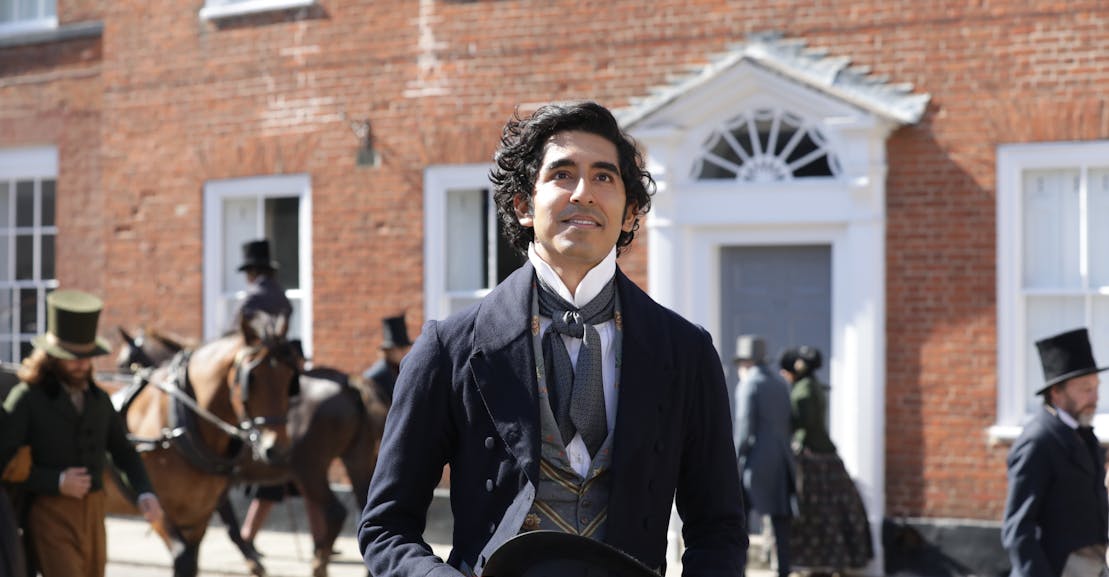Critics rarely recommend movies their readers have little chance of seeing in the near future. Nonetheless, you can only watch Armando Ianucci’s new film, The Personal History of David Copperfield, by physically going to a cinema—something a New York–based professor of medicine recently likened to “Russian roulette” during a pandemic like ours. It is a disappointing situation but also fitting, since contagious respiratory illnesses are such a hallmark of the nineteenth-century English novel. From Jane Eyre’s friend Helen Burns dying meekly in the school’s “fever room” to the pale-cheeked Smikes who expires passively on “a fine, mild autumn day” in Charles Dickens’s Nicholas Nickleby, these books are crawling with illnesses like cholera, diphtheria, and tuberculosis.
Dickens himself wrote from the 1830s to 1870, meaning that his career ran parallel to a number of serious outbreaks of disease in London, including the particularly wretched Third Cholera Pandemic of 1846–60. Those conditions are borne out in Dickens’s fiction, which is filled with death of all kinds (murder, drowning, and in once case spontaneous combustion). There’s even a chart available of his body count per novel.
The Personal History, Adventures, Experience, & Observation of David Copperfield the Younger, to give the book its full title, was Dickens’s favorite of his works. It begins with the sentence which best captures the soul of the nineteenth-century Bildungsroman: “Whether I shall turn out to be the hero of my own life, or whether that station will be held by anybody else, these pages must show.” Our narrator-hero goes on to tell a story in two halves, first recounting his loss of innocence in childhood, when his evil stepfather exiled him from the family home to labor in a London bottling factory. In the second, David rises up the social ladder to become a proctor of law. He makes a glorious jumble of friends of all social stations along the way, including the lobster-people of Yarmouth and arch school chum Steerforth.
There are few sick people in this story, and an unusually high proportion of the novel’s deaths are caused instead by drowning (as one sailor puts it, “There’s a lot of drowning goes on”). But there’s a reason that Dickens suddenly veered away from writing peaceful deathbed scenes à la Smikes: In 1848, his own sister Fanny, whom he loved dearly, died of tuberculosis. In a letter to his wife, he wrote, “No words can express the terrible aspect of suffering and suffocation—the appalling noise in her throat—and the agonized look.” Having witnessed it in reality, Dickens was no longer able to romanticize pulmonary distress. The January after Fanny died, Dickens’s first son was born, and he began writing David Copperfield.
As a result, perhaps, of all that suffering being followed by new life, David Copperfield is a story exploding with vitality. David grows up across its pages, as if his very biological growth were pushing the story forwards, while each of his friends, mentors, and enemies runs on their own similar momentum. The new film adaptation, co-written by Iannucci and Simon Blackwell, takes that human energy as its lifting-off point, and is simply too faithful, rich, and bright to be dimmed by the circumstances of its release.
